When the car is parked or in idle condition, sometimes the rpm fluctuates… it is not a problem if it fluctuates in its limits. But the fluctuation range depends on whether this fluctuation is a problem or not.
Why does my RPM go up and down while parked?
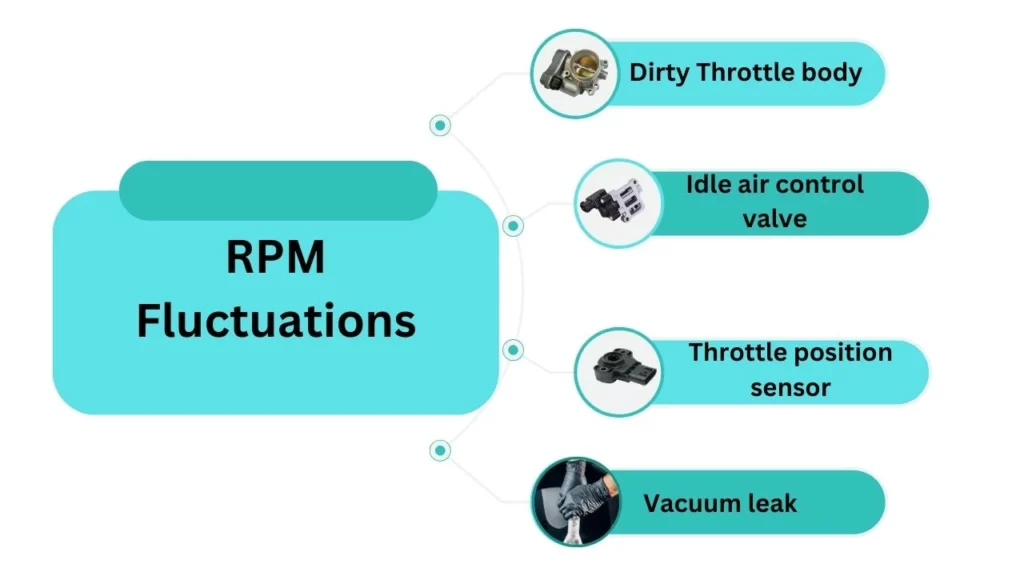
When your car is idling (not moving but the engine is running), the RPM (Revolutions Per Minute) usually stays between 300 and 800. This is normal.
But if the RPM changes a lot, going very high or very low, then there might be a problem. This issue is caused by 4 things:
- The throttle body (part of the engine that controls the amount of air going in) might be dirty or not working properly.
- There might be a vacuum leak (air escaping from the engine).
- The idle air control valve (which controls the engine’s idle speed) might not be working correctly.
- The throttle position sensor might be faulty.
In the next part, you will get full details on the causes and how to fix them.
how to fix Rpm Go Up And Down While Parked?
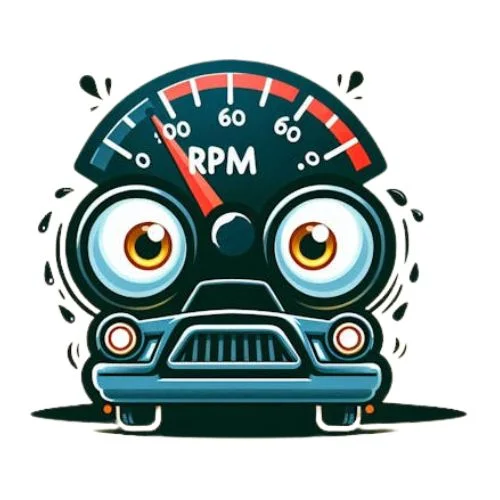
Before going into the hardware fixing, do a scan of its onboard computer. After 1996, all vehicles have an OBD2 port under the driver’s side dashboard.
Grab a low-cost OBD2 scan tool (some are around $20-$30) or head to an auto store; many do free scans. This tool points out what’s up with your engine, giving you a clue about the issue.
Visit local auto stores; they often offer free scans. So, scanning the onboard computer is key to figuring out what’s happening with your engine.
Solution 1: Clean The Throttle Body
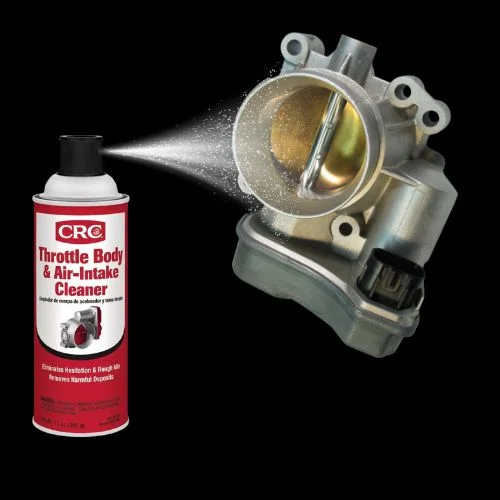
First, check the throttle body, where air goes into the engine. You’ll see a butterfly inside after removing the air intake hose.
It can get dirty and mess up the idle, a common issue. So, take off the hose, look inside, and check the butterfly. You can clean it using a throttle body air intake cleaner and a small brush.
Cleaning or removing the whole thing for a more thorough cleaning is even better. So, start by checking and cleaning the throttle body to fix the idle problem.
Solution 2: Inspect the idle air control (IAC) valve
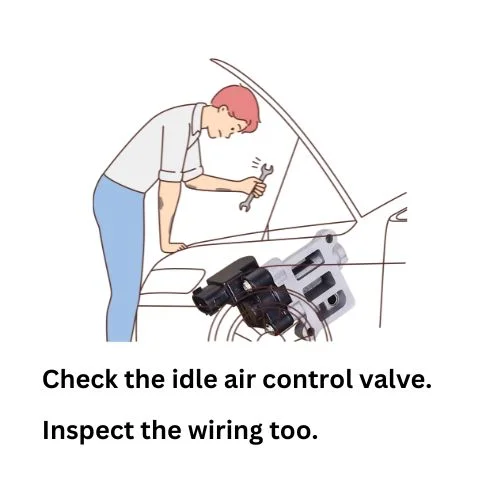
The next thing to check is the idle air control valve. It’s located on the side of the throttle body and helps control idle speeds.
Make sure to inspect the wiring too. On some vehicles, you can unplug the wiring harness to test it. If the idle stops changing drastically, it means there’s an issue with the idle air control valve.
There are other ways to test it, but the key is to inspect the valve and its wiring.
Solution 3: Check The throttle position sensor
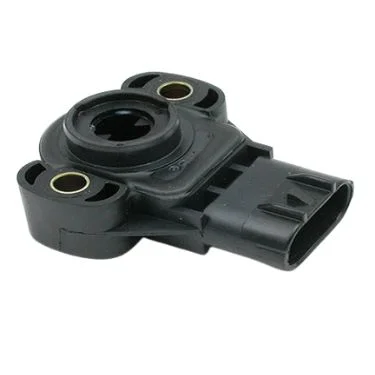
Next, let’s check the throttle position sensor. Usually, if there’s a problem with it, you’ll feel a lag when you accelerate.
It might not always affect the idle, but in some vehicles, it could. The sensor sits on the side of the throttle body, so give it a look. Also, remember wiring can cause problems, so check that too.
Solution 4: Repair vacuum leaks
Check for vacuum leaks by inspecting all hoses around the intake. A common method is using a smoke machine to detect leaks; where there’s smoke, there’s a leak.
Another method involves using a liquid and observing changes in the engine idle. Mechanics might spray where they suspect a leak. The next step is checking for vacuum leaks, including the intake manifold gasket.
⚠️ Related Car Threat Like This:
What to do when the Oil Pressure is Low and the Engine Stopped
Frequently asked questions.
You may have a vacuum leak in the control valve system that disrupts the smooth operation of the fuel/air mixture. That is why the car shakes and RPM goes up and down.
No, the car RPM should be slightly below 1000 (600-1000 is fine) when parked. 0 RPM means the engine is not running. Below or above the range indicates a major problem in the car.

Leave a Reply